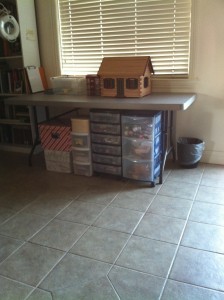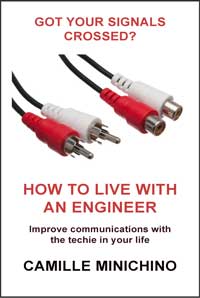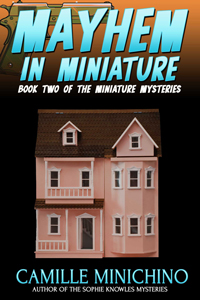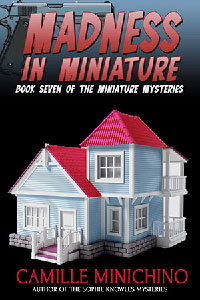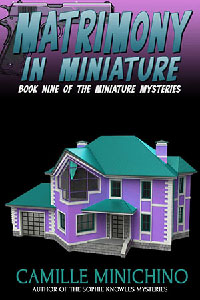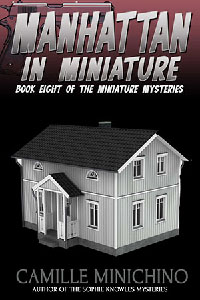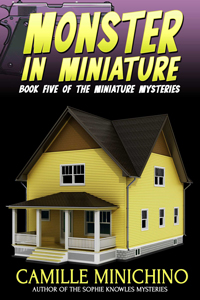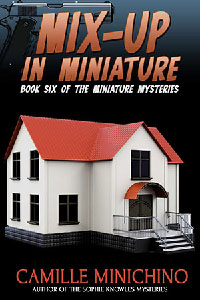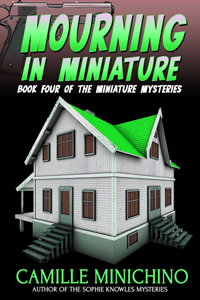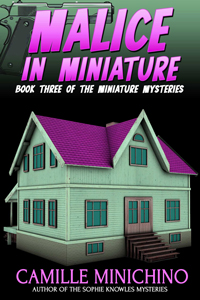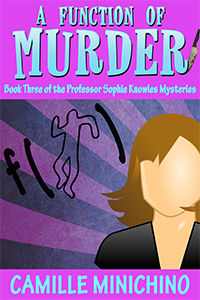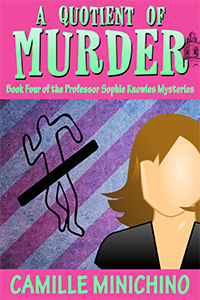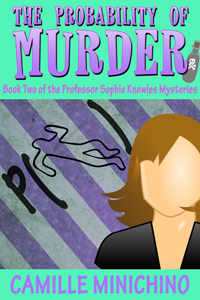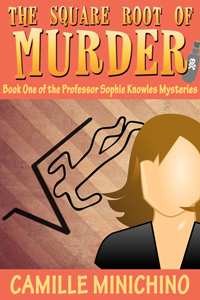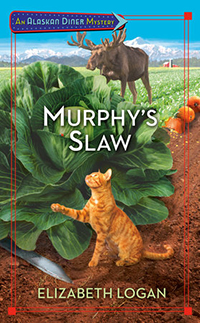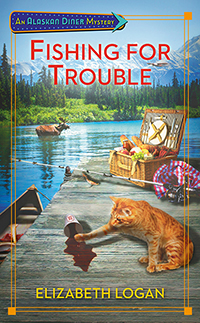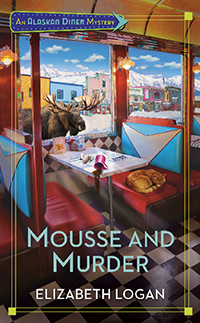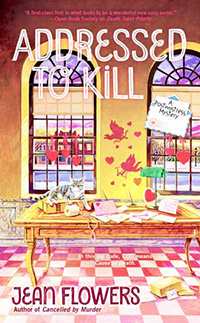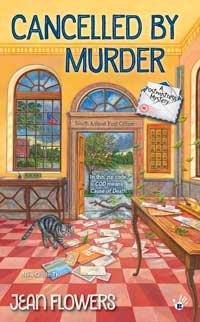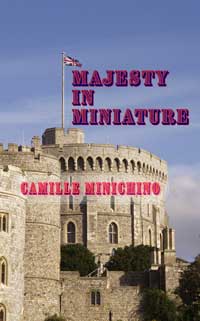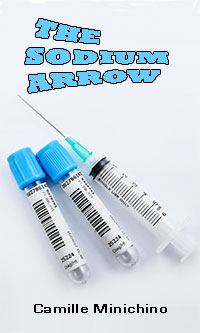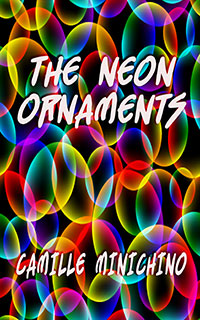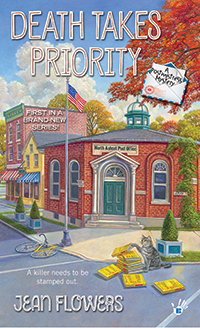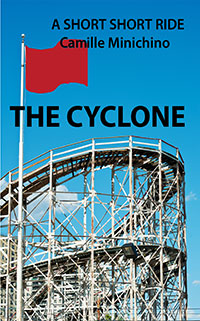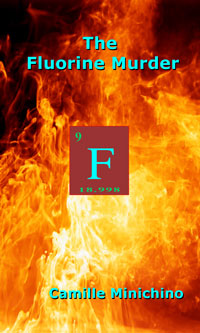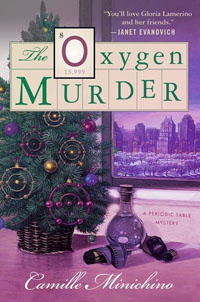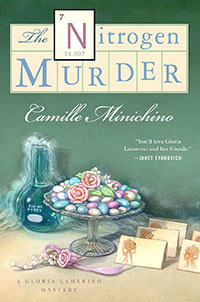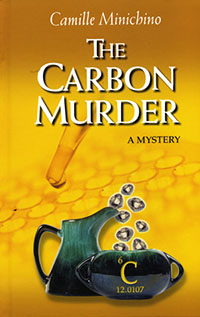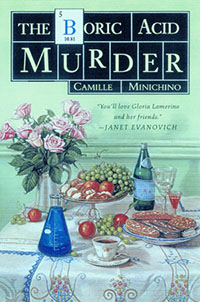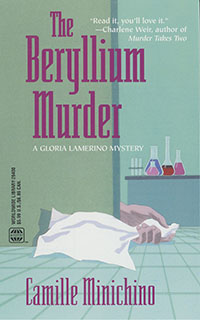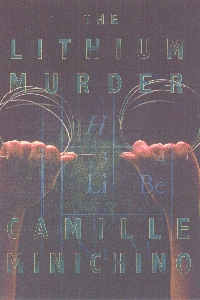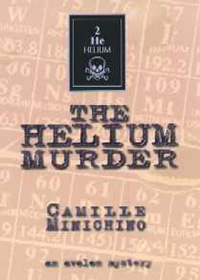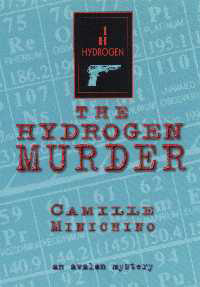Here’s what happened when my first book, The Hydrogen Murder, came out in 1997.
I set up a signing at a market close to my home. The manager had always dreamed of owning a bookstore and having author signings, and I was only too happy to be her first.
My friend went all out, with a special carpet on the floor, coffee from the café next door. The local paper devoted a couple of column inches to the event. I got all dressed up and lugged a crate of books to the store.
Imagine my excitement when the first customer walked in and headed right for me.
“I saw the announcement. Are you the author?” he asked.
A resounding “Yes!”
The man handed me his card. “I’m an artist. I’d love to talk to you about doing your next book cover.”
Cue the low notes.
That was 17 years ago. Things are about the same; I’m just not shocked any more.
Raise your hand if you like to sell. I mean, sell anything—cookies, your book, a product you’ve created, or yourself.
My hands are by my side. Not a good posture in today’s world of 24/7 marketing and promotion.
For authors, it’s essential to keep our names out there, they tell us. A recent article in a popular writers’ magazine suggests that authors doing signings at bookstores start by “easing a copy” of their book into the hands of anyone who seems curious, and tell them what a “terrific book” it is and how “people are talking about it.”
hahahahahahaha.
Here’s how I started my sales career.
In the early 80s, I formed a company around products I made. The idea was to put images and quotes from science and engineering on common items such as potholders, mugs, note cards … anything that had a design. I wanted to replace the mushrooms and butterflies that dominated kitchen towels with an educational theme.
One of my first products was a calendar of dates in science and engineering. Pre-internet, it took nearly a year of evenings and weekends to come up with at least one entry for every day. For May 29, for example, I typed in Hoover Dam set in concrete, Solar eclipse confirms Einstein’s theory, 1919.
I thought a good market for the calendar might be the many bookstores around the UC campus where I lived. I made a list and ventured out. (Pre-internet, remember.)
I walked into the first bookstore, stepped to counter and said (and this is pretty much verbatim), “Excuse me, I hate to bother you. I have something here and you’re probably not interested. It’s a calendar and I know you already have a lot of them and maybe don’t want another one.”
The response was something like, “Yup. No, thanks.”
I was shocked when the business failed.
I’ve gotten a little better in “promoting my books,” but the phrase still has a slightly grating sound to me. I don’t like people who promote (anything) aggressively; I don’t want to be like them. Yet we’ve seen how often aggressive promotion “wins.”
P. T. Barnum, a pioneer in the art of promotion said, Without promotion, something terrible happens … nothing!
So it’s not enough to make a good product or write a good book, you have tell everyone it’s good; even better if you claim it’s the greatest show on earth.
I’m not sure I’ll ever be able to do that without blushing.
 Filed Under :
Filed Under :  May.29,2014
May.29,2014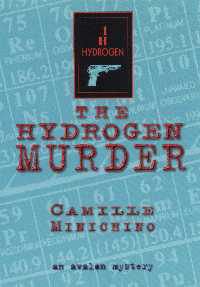



 Tags :
Tags : 

